I’ve been told that when I was a baby, I had large, luminous eyes that garnered admiration from family, friends, even strangers. People would look intently and comment. Then one day my eyes became watery, exuding a pus-like discharge. My alarmed mother made plans to take me to the family doctor until my abuela said, “No. Es el mal ojo.” So instead we went to the home of a local curandera, a folkloric healer recognized in the Mexican culture. The treatment consisted of a limpia or cleansing by cracking an egg and interpreting its contents. The remains were then disposed of under a bridge.
Evidently, someone’s intrusive stare at my eyes had been too powerful and caused an imbalance in my weaker physical body. El mal ojo, or evil eye, was the result. The way to counteract this would have been to insist that admirers touch the baby lightly on the body or clothing to dispel any malevolent energy. My eyes eventually healed, but according to my family, they were unremarkable and rather beady, and I’ve had poor eyesight all my life. As an adult, I always touch any baby I meet.
According to the article, “Mexican-American Folk Diseases” by Keith Neighbors, curanderas treat a variety of ailments both physical and spiritual. They are generally regarded in a positive frame, not feared as practitioners of witchcraft. I recently met a curandera, Mari Dreamwalker (maridreamwalker.com), who agreed to meet with me for a conversation.
Mari stated that being a curandera is a large part of her cultural identity, passed down through three generations on her maternal side and a tia on her paternal side. She first became aware of her gift at the age of four. La Virgen appeared to her along with angels, holding her and singing to her. Sadly, Mari was the victim of childhood sexual abuse for many years; each time La Virgen and the angels rescued her, so she could survive the dark experience. I found it interesting that the reference to La Virgen did not reflect a single religious entity. Rather Mari explained that she used that name to encompass all the indigenous goddesses of the Americas including Tonantzin, Guadalupe, Ixchel, and La Llorona/Tlazolteotl.
Mari sees her job as a cura to help end suffering. For someone afflicted with physical or spiritual illness, she offers a limpia in which she sits quietly, looking at the person’s aura, and gives a reading of what she sees. She may then burn sage or nopal to clear negative or blocked energy using her hands as primary tools. After expelling the unwanted influence, she restores the person’s balance and well being using medicinal herbs. “After I give a limpia to someone, they tell me they see beautiful colors and energy around them and feel love flowing through their body. They feel more connected and more like themselves. I tell them, ‘The beauty you see and feel is you.’ This is what I do.”
In this time of so much conflict and violence, I asked Mari how we could continue to live with spiritual purpose. She pointed out the value of prayer. We don’t have to be religious to pray. Praying is sharing a sacred intention for another or for oneself. She encouraged me and anyone else to ask for help. She assured that they (the Light Beings) are waiting and listening.
In closing, I asked Mari for her advice for healing, both personal and collective. She answered that she often contemplates this dilemma to remain clear. Her answer: “Do not lose hope. Continue to love your family and friends. Help those who are suffering in whatever way you are able. Remember that you are always on your path.”
As la curandera and I sat overlooking the San Pablo Bay, we tightly held each other’s hands.


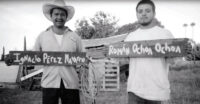

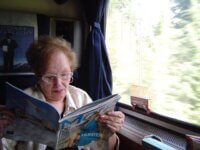
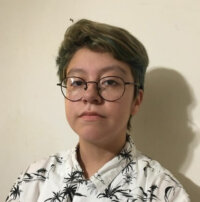


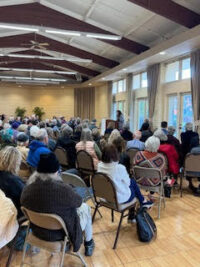

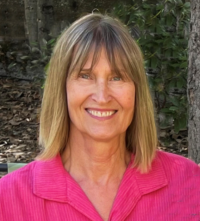
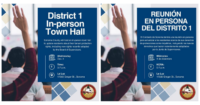
Be First to Comment